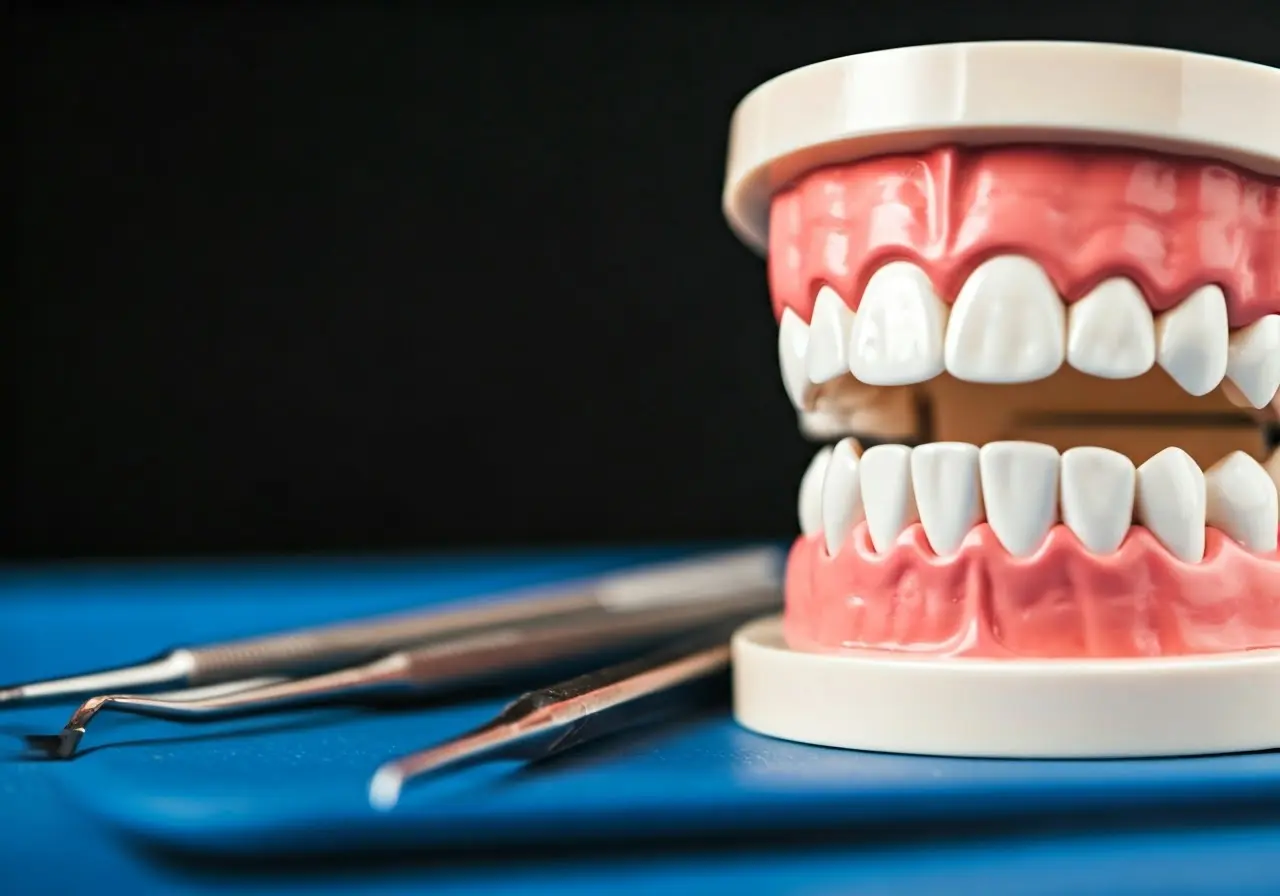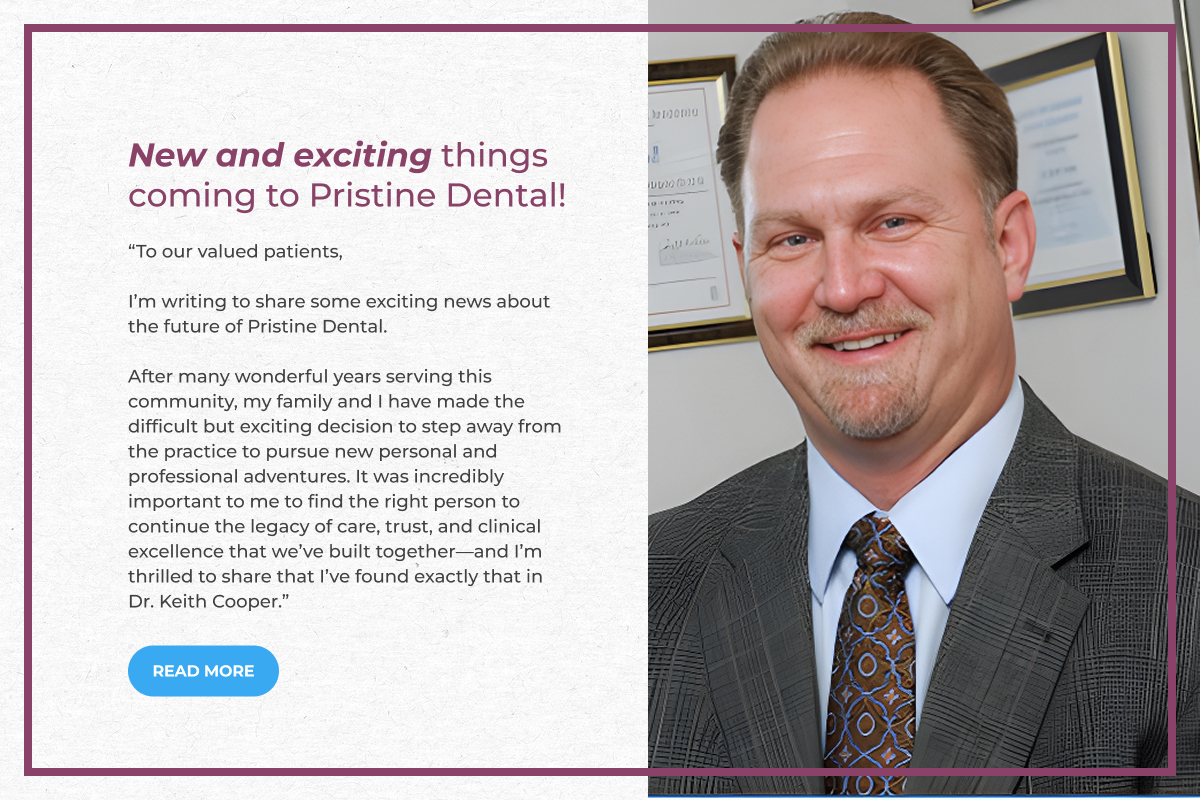Are you curious about teeth gap filling but unsure where to start? You’ve come to the right place! We’re here to demystify the process with answers to fifteen of the most frequently asked questions about closing gaps in your smile. From understanding the basics to post-treatment care, we’ve got you covered.
1. What Is Teeth Gap Filling?
Teeth gap filling is a cosmetic dental procedure that aims to close the spaces between teeth. This can be achieved using various methods such as dental bonding, veneers, crowns, or orthodontics, depending on the size of the gap and the patient’s preferences. Teeth gap filling can transform a smile from uneven to seamlessly uniform, providing an aesthetic boost and improved oral health by preventing food from getting trapped, which can lead to gum disease.
2. Why Do Gaps in Teeth Occur?
Gaps, also known as diastemas, can occur for several reasons including genetic factors, differences in the size of teeth, tooth loss, or habits like thumb sucking. Understanding the cause of your gap can help inform the best treatment approach. For instance, if a gap is caused by a large labial frenum, a simple procedure called a frenectomy might resolve it.
3. Is Teeth Gap Filling Necessary?
While not medically necessary, many people opt for gap filling to improve aesthetics and boost self-confidence. Some cases might also improve oral functionality and hygiene by aligning teeth properly. Individuals with significant gaps might find speech articulation improves, particularly if the spaces affect how certain sounds are produced. The decision often hinges on personal aesthetic goals and the desire for a unified, appealing smile.
4. What Methods Are Available?
The three main types of gap-filling methods are dental bonding, veneers, and orthodontics. Each has its own set of benefits and is suited to different gap scenarios.Dental bonding is typically quick and cost-effective, perfect for small gaps. Veneers, while more expensive, offer a long-lasting solution for aesthetic enhancement. Orthodontics, including braces or aligners, address larger gaps comprehensively and also correct alignment issues.
5. How Does Dental Bonding Work?
Dental bonding uses a tooth-colored resin applied and hardened with a special light, bonding the material to the tooth to improve the shape and close gaps. It’s a less invasive and cost-effective solution for small gaps. During the procedure, the dentist first roughens the tooth surface and applies an adhesive before sculpting the resin. Once the shape is satisfactory, a curing light is used to harden the resin. This procedure typically takes about an hour and can last anywhere from three to ten years with proper care.
6. What Are Veneers?
Veneers are thin shells made from porcelain or composite resin that are custom-designed to fit over the front surface of a tooth, effectively closing gaps and providing a uniform appearance. Often chosen for their durability and ability to resist staining, veneers require some enamel removal, making the procedure irreversible. They provide a dramatic makeover for your teeth and are particularly favored for their natural sheen and longevity, lasting upwards of 10-15 years.
7. Can Orthodontics Help?
Yes, orthodontics such as braces or clear aligners can move teeth into optimal positions, closing gaps over time. This method is best for significant gaps and overall realignment. Clear aligners, like Invisalign, are less conspicuous and can be removed for eating or brushing, though they require a high level of compliance to stay effective.
8. How Long Does Treatment Take?
The duration depends on the method chosen: dental bonding can be completed in one visit, veneers require multiple appointments, and orthodontics can take months to a few years to complete. For example, traditional braces generally take 18 months to three years, whereas clear aligners can sometimes achieve desired results in six months to two years.
9. What Are the Costs Involved?
Costs vary based on the procedure. Dental bonding is generally the most affordable; veneers and orthodontic treatments are more expensive due to customization and complexity. Prices for veneers can range from (500 to )2,500 per tooth, reflecting differences in material and fabrication processes. Orthodontic options, providing not just aesthetic corrections but functional improvements as well, often represent a more substantial financial commitment.
10. Are There Any Risks?
Risks are minimal when the procedures are performed by a qualified dentist. Some potential issues include tooth sensitivity, slight damage to natural teeth, or in rare cases, an allergic reaction to materials. In orthodontics, unanticipated tooth movement might occur if retainers are not worn as directed post-treatment. Ensuring a well-crafted treatment plan and adhering to follow-up care are vital in mitigating these risks.
11. How Should I Care for My Teeth Post-Treatment?
Good oral hygiene practices remain crucial. Brush and floss regularly, and attend dental checkups to maintain the integrity and appearance of your treatment. For those with veneers or bonding, avoid biting hard objects to prevent chipping. Patients who have undergone orthodontic treatments should wear retainers as advised by their dentist to keep teeth from shifting back.
12. Can Teeth Gap Filling Last Forever?
The longevity depends on the method used: dental bonding might need retouches every few years, while veneers and orthodontic results can last significantly longer with proper care. Veneers are known for their durability, often enduring more than a decade. Orthodontic solutions tend to offer permanent changes if retainers are worn post-treatment to maintain the new positions.
13. Does Insurance Cover Teeth Gap Filling?
Insurance coverage varies, typically considering gap filling as cosmetic. However, if deemed necessary for the patient’s dental health, some plans might provide partial coverage. It’s worth checking with your insurer to clarify the specifics of your dental insurance policy and determine if appeal for coverage based on health implications might be beneficial.
14. How Do I Choose the Right Option?
Consult a dentist to discuss your aesthetic goals and health requirements. They can assess your mouth and recommend the best tooth gap filling technique tailored to your needs. Weigh the pros and cons of each option, consider the longevity of results, and factor in your budget. Additionally, you can utilize resources from Pristine Dental to explore various solutions in detail.
15. What Should I Expect During the Appointment?
During your initial consultation, your dentist will evaluate your dental health, discuss potential treatment plans, and answer any questions you might have about the procedures. You’ll learn the expected timeline, costs, and what you need to do to prepare for the chosen method. A comprehensive insight into dental procedures will enable you to make informed decisions about your dental health and care.



